Read about the top 15 superfoods you need to include in your diet right now. Essentials nutrition assets such as antioxidants, vitamins, and other nutrients enhance the immune system, heart health, and energy levels from these superfoods. Begin to make these essential foods part of your diet right now!
In the recent years, people have started following a trend known as ‘superfoods’ and rightly so. These are foods that are packed with specific nutrients and ingredients that contain a wide variety of specific vitamin and mineral elements along with antioxidants and other special compounds that have the prospective to improve a person’s overall health, energy levels and potentially their lifespan.
Of course, there is nothing you can eat that has everything your body needs to function optimally, but incorporating some superfoods into your diet will do a lot to help your body do what it was designed to do, and keep away what it was designed to keep away. The 2015–2020 US Dietary Guidelines recommend healthy eating patterns, “combining healthy choices from across all food groups — while paying attention to calorie limits.”
Below are fifteen superfoods and their amazing health benefits as discussed in this article. It’s going to allow us to lay out the special advantages of each of the foods, what combinations they best work in, and why they should be on your plate.
1. Blueberries: The Antioxidant Powerhouse
Benefits
Antioxidants, most commonly anthocyanins, that give blueberries their dark blue hue. And these antioxidants are capable to fight again the overload of free radicals which directly contributes to the aging and many other chronic illnesses. Blueberries have also been found to beneficial to the brain, heart and the immune system.
How to Use:
They are best eaten fresh and raw, can be part of a snack, a healthy breakfast cereal topping, or mixed into a smoothie, salad or a desert. It may be worth noting that frozen blueberries are as healthy as fresh ones and that they can be purchased at any one time of the year.

2. Kale: The Nutrient-Dense Green
Benefits
Kale is among the vegetables with high nutrients for calorie ratio urge. Here, I found it rich in vitamin A, C, and K, folate and fiber. Also, it contains flavonoids that include quercetin and kaempferol, these are heart protecting, anti inflammatory, and may possess anti cancer properties. Kale leaves are known to promote healthy bones, have anti-ALL, improve skin and hair health.
How to Use
Raw kale can be eaten in a salad, a soup, in a smoothie, cooked briefly as a side dish with oil and garlic. Instead of potato chips, people can try to bake green leaves of kale seasoned, thus obtaining kale chips.
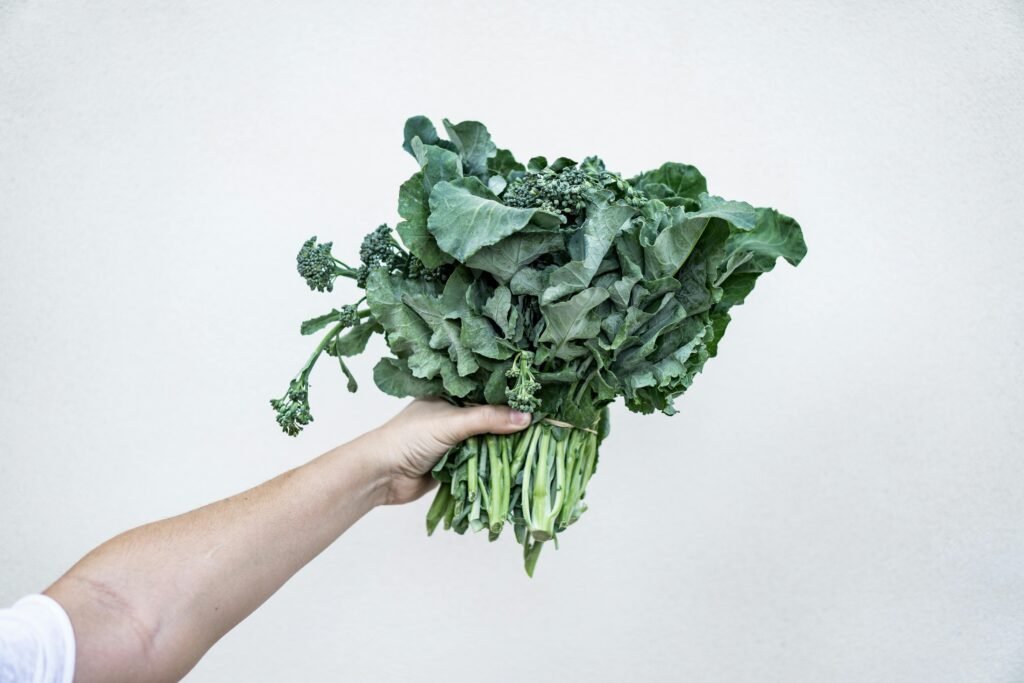
3. Chia Seeds: Small but Mighty
Benefits
Sure enough, the floating seeds of the plant are miniature powerhouses when it comes to the nutrient value they offer. Many scientists and health promoters recommend overall eating fish because it contains rich and important nutrients such as Omega 3 fatty acid acrylics, fiber, protein, calcium, and magnesium. One ounce of chia seeds swells to about 11 ounces in your stomach because they have a unique property of holding 10 times their weight in water and turns into a gel-like substance. Due to this they are helpful in boosting the health of the heart, digestive system and in achieving desirable body weight.
How to Use
You can add chia seeds to yogurt, in oatmeal or mix it in a smoothie. You would also have chia pudding by mixing it with milk and allowing the mixture to stand overnight. Although this contains a significant amount of fiber, it makes for rather a tasty and healthy idea for breakfast or snack.
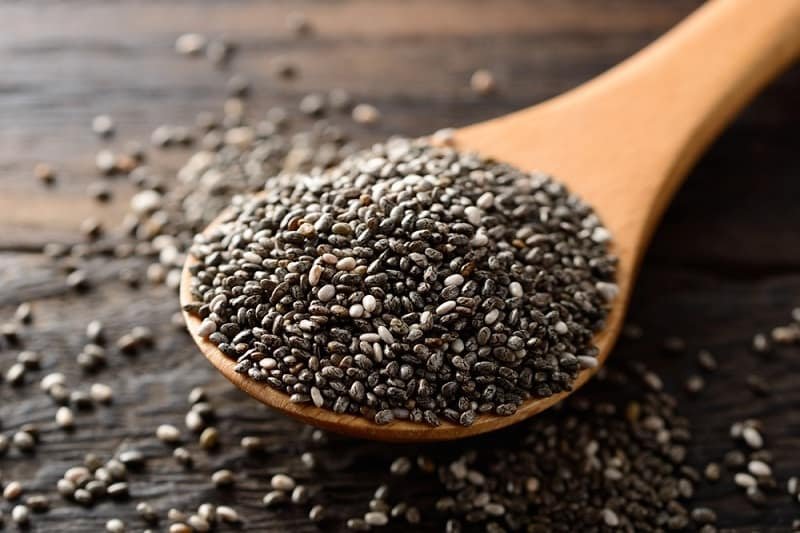
4. Salmon: The Omega-3 Rich Fish
Benefits
Salmon is one of the best sources of Omega 3 fatty acids that help the heart, brain, and decrease inflammation. It is also nutritive in protein, B vitamins and selenium and potassium. Consumption of salmon fish is now said to reduce the probabilities of developing cardiovascular diseases, enhance mental health and eye health.
How to Use
Salmon is prepared through barbequing, baking and broiling. Use it in salad, cook with the vegetables or make it the star protein in a grain bowl meal. Opt for the wild salmon if you can, since it contains more omega-3s than farmed.

5. Quinoa: The Complete Protein Grain
Benefits:
Quinoa however stands out from the rest of the grains in that it is a complete grain protein that meets the body’s need for all the nine essential amino acids. This makes it suitable for intake for vegetarian and vegan people. It is also a good source of fiber, iron, magnesium, and B vitamin, all of which play a role in energy production and muscle contraction as well as digestive system.
How to Use:
Quinoa is more or less an intermediate between rice and pasta and can be cooked in the same manner as rice, as a base for salads, bowls or side dish. You can even put it in your breakfast foods; you fry it in butter and milk and anyone can include fruits and nuts.
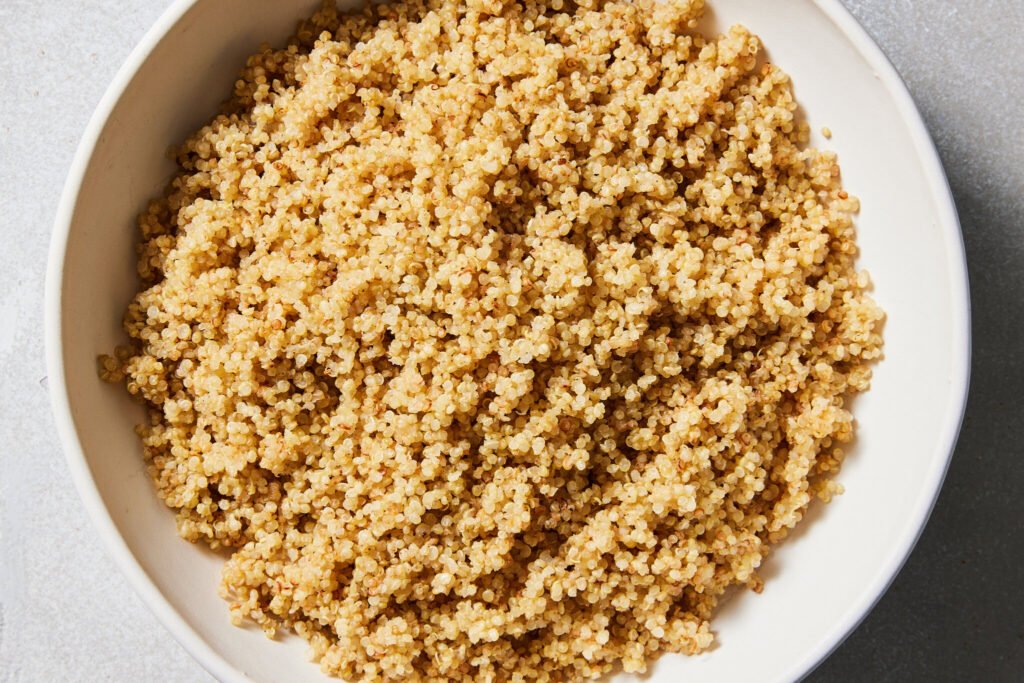
6. Spinach: The Iron-Rich Green
Benefits
It contains a very richness of iron thus ideal for the improvement of blood health for those who do not consume animal products. It also contains vitamins A and C, folate and calcium, for instance in maintaining the health of eyes, bones, and the immune system. Spinach contains lutein and zeaxanthin, which are good for eyes and there is presence of antioxidants in spinach.
How to Use
Include fresh spinach in meals such as blended drinks or serve them raw in salads, use spinach for cooking in soups or stir fries. They are best baked, sautéed in olive oil and garlic, and can be served as side dish.
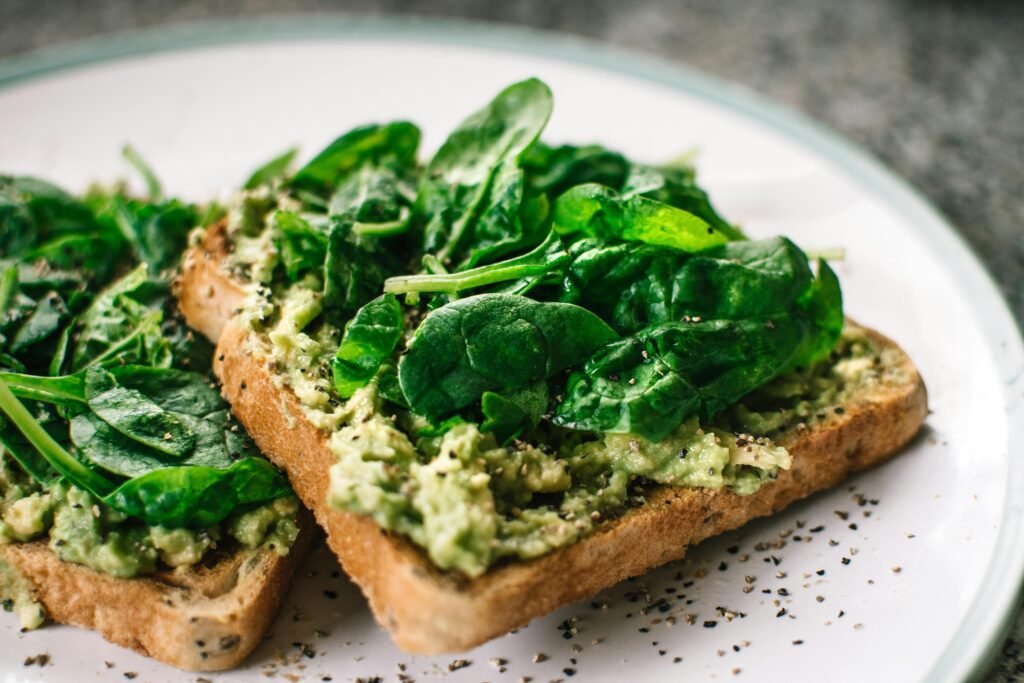
7. Turmeric: The Anti-Inflammatory Spice
Benefits
It contains curcumin which gives it an anti-inflammatory value amongst other health benefits. There is evidence suggesting that curcumin effectiveness in reducing inflammation and providing relief for chronic conditions of inflammation including Rheumatoid Arthritis. There is also evidence of its effectiveness in heart, brain and mood health. Controlling inflammation and the effect on free radicals also fall under the benefits of using turmeric.
How to Use
The base form, ground root, can be also added to soups, curries, smoothies and sauces. If you want to get more of the active compound curcumin, cook turmeric with black pepper because this spice contains piperine, a compound that increases curcumin absorption.
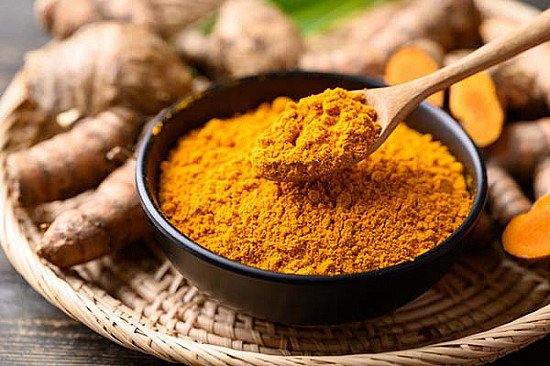
8. Almonds: The Heart-Healthy Nut
Benefits
Almond is renowned for containing fats of the healthy kind, proteins, and dietary fiber. They also contain vitamin E, magnesium that aids in the health of heart, skin and blood sugar. It has been proved that almond can decrease the levels of LDL (bad) cholesterol and enhance the overall cholesterol.
How to Use
Almonds also become a perfect companion for snacking or you can incorporate into oatmeal, yogurt, or even salad bowls. Almond butter also make a great snack eaten with whole grain bread or spread on slices of apple.
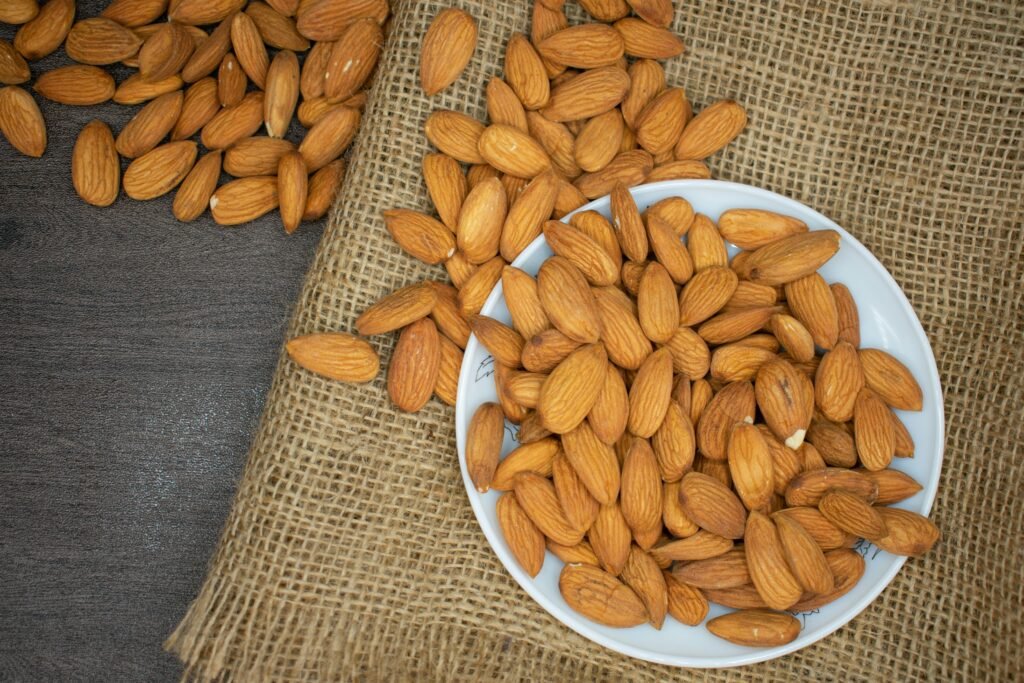
9. Avocado: The Nutrient-Rich Fruit
Benefits
Monounsaturated fats, fiber, potassium and vitamin C, E, K, B-6 in avocados make them an important food in human diet. These nuts are good sources of heart health, and they help control appetite and stabilize blood sugar levels. These are good fats which are important for our brains and for providing that healthy, natural skin radiance.
How to Use
Avocado is relatively easy It is possible to add avocado to almost any meal. You can butter it, paste it, mix it with salads, whip it into guacamole, blend it into soups and smoothies.
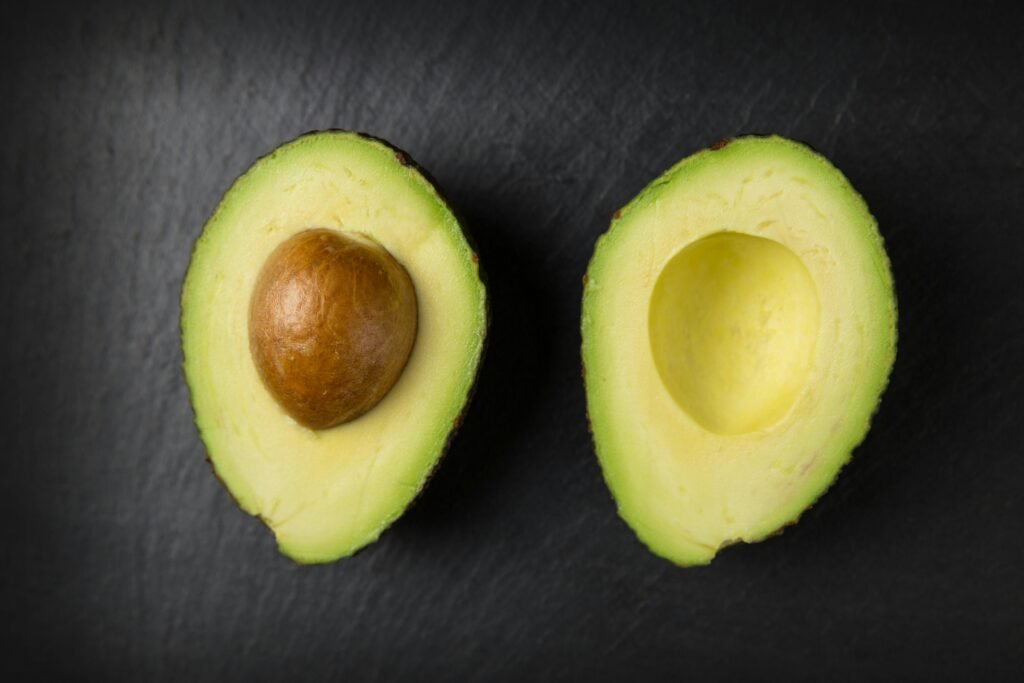
10. Garlic: The Natural Immune Booster
Benefits
Allicin from the garlic compound is famous for enhancing the immune system and has received medical application. This contains allicin a compound that has antibacterial, antiviral and antifungal functions in the body. Research also has found that garlic can decrease blood pressure, improve cholesterol profile, and decrease the risk of heart disease. Also, garlic has antioxidant compounds that have the ability to reduce oxidative stress and aging rates in cell.
How to Use
Consuming garlic as close to raw as possible also offers the most health benefits. Use minced garlic to season salads, vegetables that are sautéed, or soups. When raw garlic causes your stomach serious irritation, roasting helps to reduce its strength thereby taking on a sweeter and milder taste that is equally good for your health.
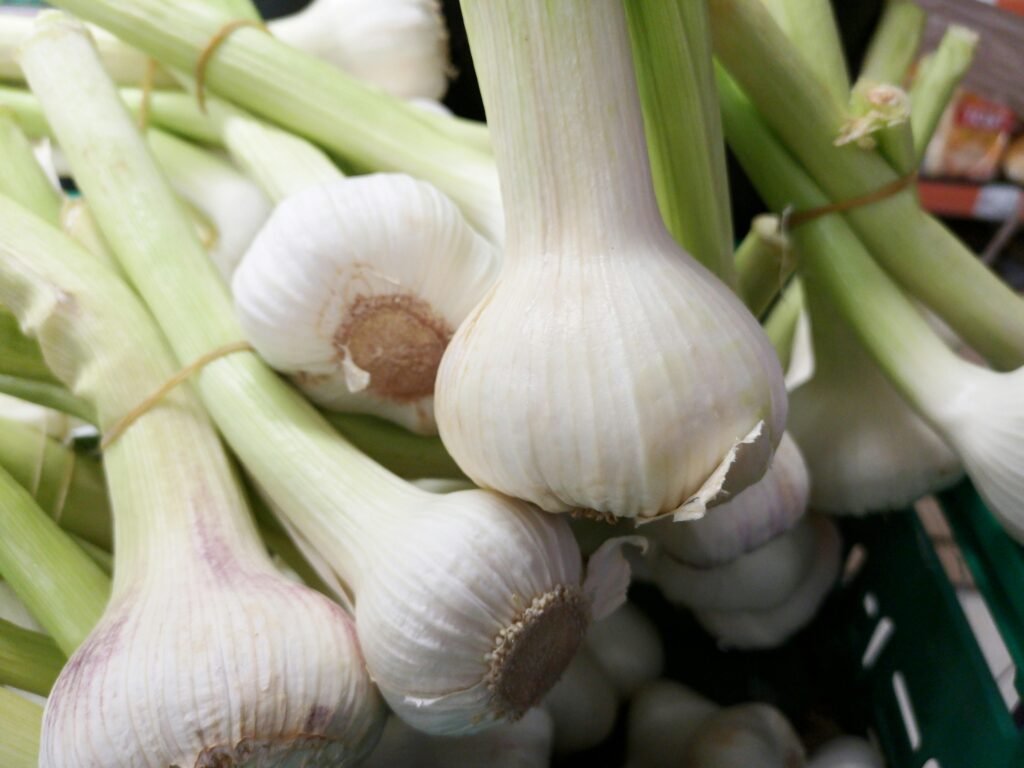
11. Sweet Potatoes: The Vitamin A Powerhouse
Benefits
They contain a source of nutrient called beta-carotene which is a precursor of vitamin A which is important in the eyes, immune system and skin. As well they are rich in fiber, which aids in digestion and they also contain carbohydrates that offer a sustained and long-term energy source. Sweet potato also contains vitamin C manganese and potassium which makes it to be amongst the less processed foods.
How to Use
Sweet potatoes like other tubers can be roasted, mashed or baked. It also performs admirably in savory foods or perhaps in sweeter kinds like the sweet potato pie. You can eat them plain, or you have them on the side, incorporate them in your salads or you blend them in your soups.
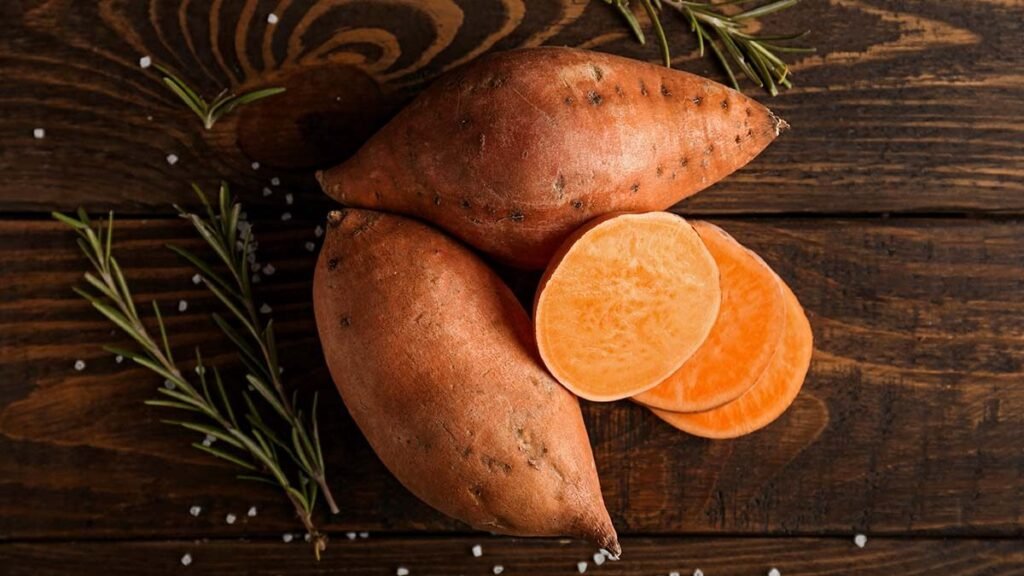
12. Ginger: The Anti-Inflammatory Root
Benefits
Ginger has been known to ease digestion and nausea, but it is also has an anti-inflammatory produce known as gingerol and shogaol. Such compounds include Analgesic and anti-inflammatory; these work to ease pain and lower the level of inflammation in the body and in the circulation, compounds that boost circulation and aid heart health. Also, ginger is rich in antioxidants, which in their turn, are capable of boosting the immune system.
How to Use
Ginger can be peeled and minced and added to smoothies, or soaked in boiling water to create a strong ginger tea. You may also use ground ginger in baking or in preparing spices for cooking. Ginger tea remains favorite tea for those who want to warm up during cold weather as well as for those who suffer from stomach problems.
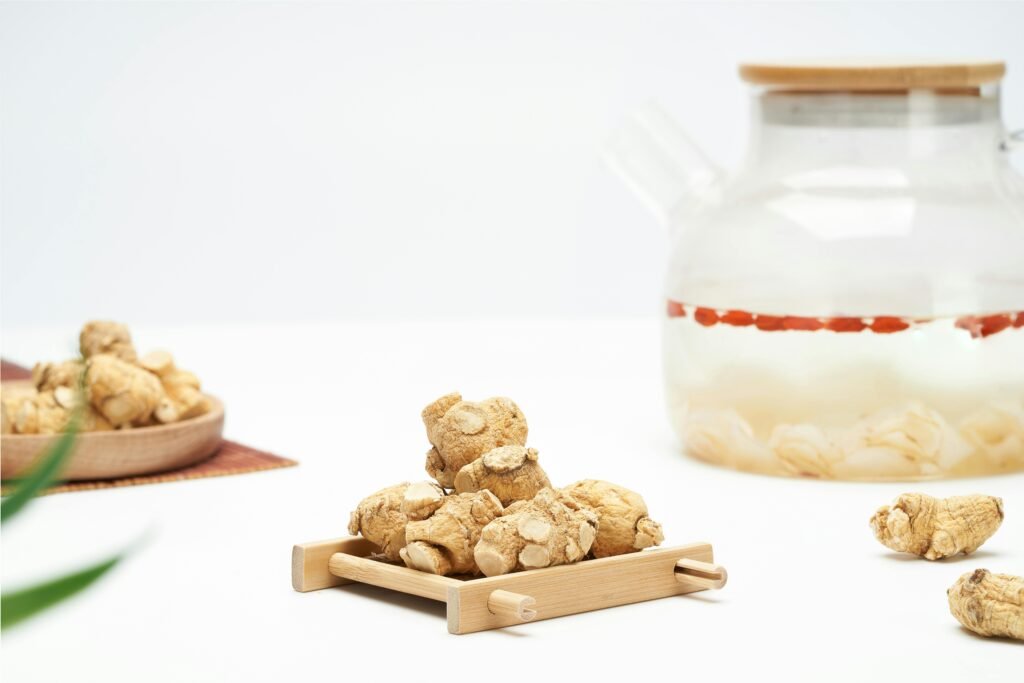
13. Greek Yogurt: The Protein and Probiotic Powerhouse
Benefits
Contrary to most yogurts, this kind of yogurt is high in protein, calcium, and even contains probiotics which refer to live and active health promoting bacteria. Technically, the high protein in Greek yogurt will make you feel fuller for longer and it’s good for muscles development and in losing weight. The probiotics improve digestion as well as possibly influencing the mental well-being of an individual due to the optimal ecological niches that the gut microbiome occupies.
How to Use
Consume it plain, or with low sugar-added toppings such as fresh fruits, nuts, and honey for enhanced taste and bursts of nutrients. Moreover, it superb for increasing the texture’s creaminess meaning that you can use it in smoothies, use as the base for dressings, and even as a substitute for the sour cream used in some recipes.

14. Walnuts: The Brain-Boosting Nut
Benefits
There exist evidences of the fat and protein content of walnuts having huge benefits in the heart and brain health because of the omega 3- fatty acids, most importantly the ALA. They are also packed with antioxidants, Vitamin E and Melatonin – a sleep promoting hormone. This may explain why walnuts are beneficial in managing inflammation, enhancing the brain, and decreasing high blood pressure among us.
How to Use
You can include walnuts in oatmeal, yogurt or salads to get that nuts taste and feeling on your oral cavity. They can also be taken as snack or mixed with sauces to make them thicker.
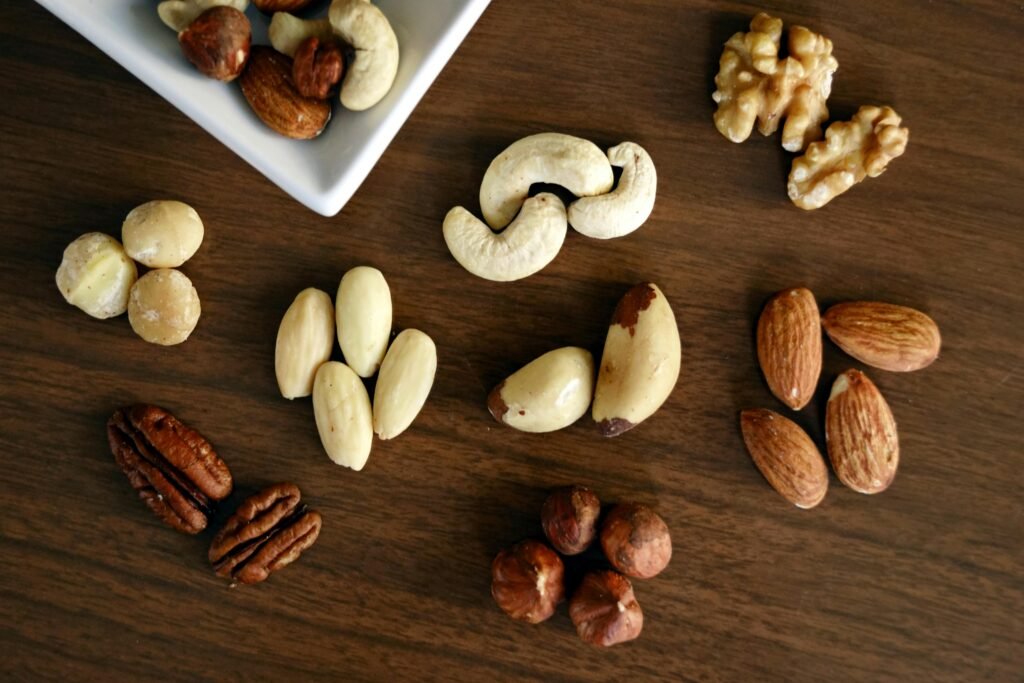
15. Dark Chocolate: The Antioxidant-Rich Treat
Benefits
It is well documented and well known that benefits of dark chocolate particularly those with at least 70% cocoa contain have potent antioxidants such as flavonoids which are known to reduce blood pressure, enhance cardiovascular health and boost brain power. It is also a source of natural magnesium, iron and fiber and has low glycemic index . Dark chocolates can be consumed to reduce stress, improve mood and also aid in the brain health as long as one does not indulge in them.
How to Use
Drink a small glass of red wine as a dessert or include it in recipes for muffins or cookies or even in homemade trail mix. To spice it up, put a plate of chocolate and melt it then coat fruits such as strawberries or bananas for a powerful anti-oxidant.

Conclusion
Introducing these superfoods to your meal plan will offer a major increase in your necessary vitamins and minerals, promote a healthier heart and mind, minimize inflammation, and build your immune system. It is also important to note that there is nothing wrong at all with consuming any single food at this table but adding a variety of these foods to diets can help achieve a nutrition status.
FAQ’s
Can I eat superfoods every day?
Yes, most superfoods can be enjoyed daily. However, balance is key. Including a variety of superfoods in your diet is ideal because each one offers unique nutrients. Avoid over-consuming any single food to ensure you’re getting a balanced mix of vitamins and minerals.
Are there any side effects of eating superfoods?
Generally, superfoods are safe and nutritious, but some people may experience side effects if they have allergies or sensitivities (e.g., to nuts or dairy). Additionally, some superfoods, like turmeric and dark chocolate, should be consumed in moderation, as excessive amounts could lead to side effects like stomach upset or increased calorie intake.
How can I add superfoods to my diet?
Incorporating superfoods can be easy and enjoyable. Try adding berries to your breakfast, using spinach in salads, sprinkling chia seeds into smoothies, or snacking on nuts like almonds and walnuts. Experimenting with recipes that include these foods can also make it easier to include them in your diet.
Is it necessary to buy organic superfoods?
While organic options can reduce exposure to pesticides, it’s not always necessary. If organic options fit your budget and lifestyle, go for it. However, washing conventional produce thoroughly can also help minimize any pesticide residue.

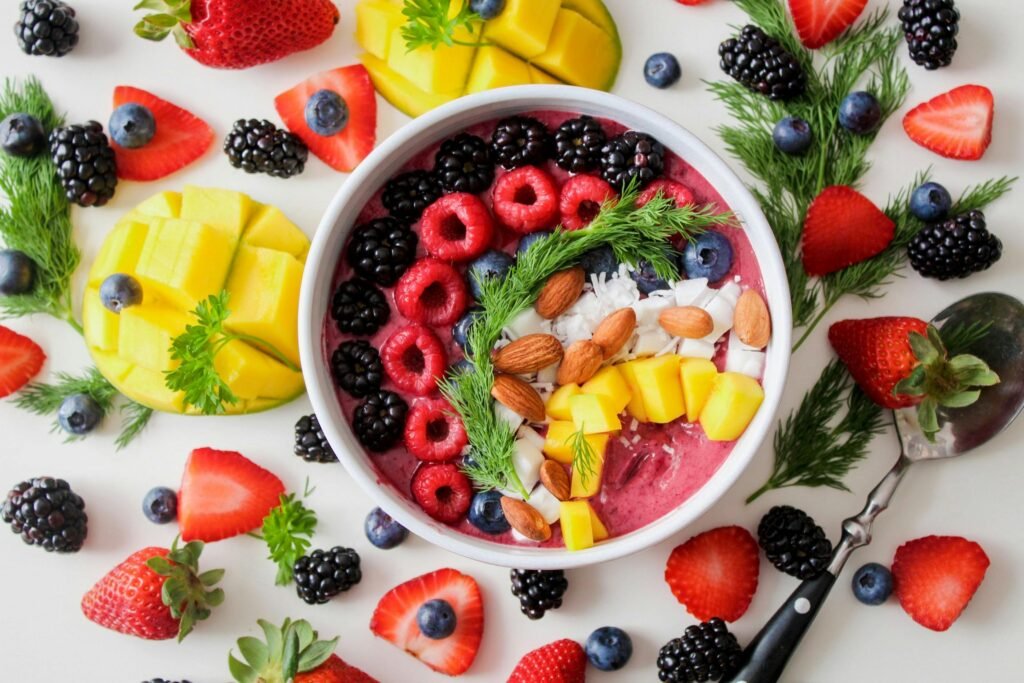

Pingback: Diabetes Management: Empowering Lifestyle Changes For Natural Control - Health Wander
Pingback: 10 Proven Ways To Reduce Belly Fat Naturally And Effectively - Health Wander
Pingback: 15 Best Natural Remedies For Joint Pain And Arthritis Relief - Health Wander